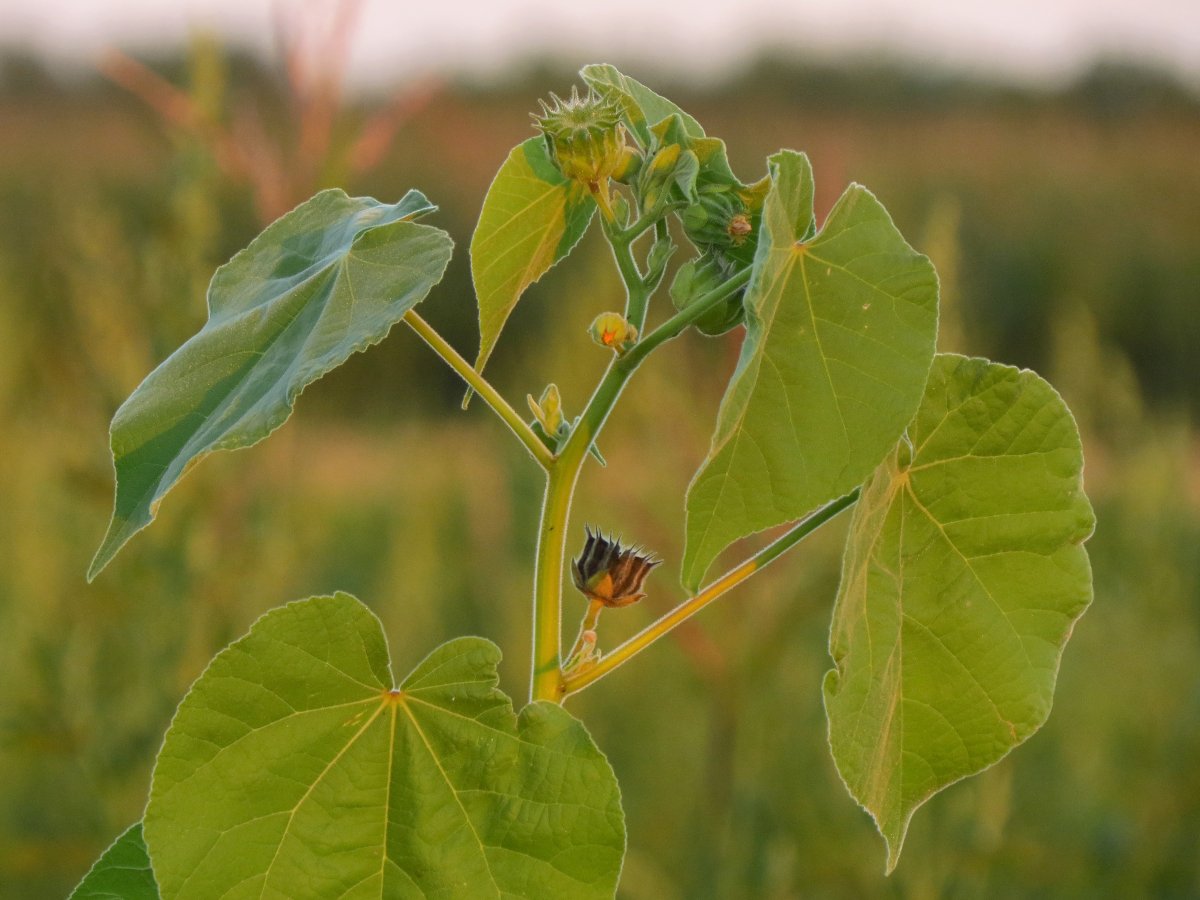Several species of invasive plants are infesting lawns across the U.S., but only start wreaking havoc on the local ecology after a long period of lying in wait.
Many of these species are capable of staying dormant for decades after being introduced into a new environment, before suddenly reawakening and rapidly expanding, according to a new paper in the journal Nature Ecology and Evolution.
One of these invasive plants is the common lawn weed Plantago lanceolata, also known as ribwort or buckhorn plantain, which has one of the longest periods of dormancy in the U.S., lying in wait for up to 177 years.
ISTOCK / GETTY IMAGES PLUS / Mohsen Mesgaran/UC Davis
The researchers found that of 5,700 invasive plants around the world, nearly a third had incredibly long delays between when they were introduced into an area and when they exploded across it: the average delay was found to be 40 years.
“The longer it is dormant, we’re more likely to ignore it,” study author Mohsen Mesgaran, an assistant professor in the Department of Plant Sciences at UC Davis, said in a statement. “This latency allows them to be overlooked, contributing to their eventual emergence as a serious invasive threat. They’re like invasive time bombs.”
This paper is the most comprehensive analysis of plant invasions ever conducted. The longest period of dormancy found in the paper was that of sycamore maples in the United Kingdom, which waited 320 years between arrival and expansion.
Invasive plant species can be introduced into areas either by accident or deliberately for medicinal or agricultural purposes: about 65 percent of California invasive plant species were deliberately brought to the state. This dormancy of the invasive potential of plants may make it easier for these plants to be mistakenly introduced into a region before they suddenly expand in number.
“This lag phase may have played a role,” Mesgaran said. “They didn’t know. With an increase in trade and transportation and tourism we’re going to have more problems.”
The ribwort was introduced to the U.S. in 1822 and has since expanded widely across the country. Some people may experience allergic reactions to ribwort pollen. In areas where ribwort is abundant, it can contribute to hay fever and other respiratory issues for susceptible individuals. While ribwort is generally not toxic to livestock, it can be unpalatable and reduce the quality of pasture for grazing animals. In large quantities, it may also cause digestive issues.
“Ribwort is only one of the [around] 700 species that has shown a lag phase; so there are many more. We don’t know how this was introduced to the U.S. but we know it has come from Europe. It’s very likely to be an accidental introduction as it’s medicinal usages is not well known in the U.S. And it’s not dormant; it has been one of the most successful invaders in the U.S. and has been reported from all states, is also declared as “noxious” weed in Iowa and Michigan,” Mesgaran told Newsweek. “The main impact is outcompeting native plants, so taking over their habitats. Additionally, ribwort may attract pollinators away from native plants, which rely on these pollinators for seed production, potentially reducing their ability to maintain stable populations in the long term.”
Another invasive plant in the U.S., velvetleaf, was introduced as a fiber crop, but turned out to be an invasive force, threatening other crops like corn and soybeans by sapping all the water and nutrients from the soil. This plant can remain dormant for up to 50 years.
The reasons for these delay times between introduction and expansion vary, but the research found that it could be due to plants waiting for more ideal climates before suddenly exploding in population. The paper reveals that the climate was different between introduction and expansion in 90 percent of cases, suggesting that plants may be waiting for the right conditions.

ISTOCK / GETTY IMAGES PLUS
“There are intrinsic factors such as demography (very small founding population); population genetics (lack of invasive genotypes, low genetic diversity); dispersal (lack of effective dispersal apparatus); biology: long regeneration time (e.g. a tree requires longer to reach reproductive stage than an annual grass), and extrinsic factors, [including] physical environment and climate, and biotic environment,” Mesgaran said.
“Our main idea was that these species might first arrive in places where the climate is barely right for them to survive, which doesn’t help them grow quickly. But, if they disperse to or are introduced to a better-suited area, which might take time, they suddenly spread and take over.”
This research may help the future prevention of invasive species spreading far and wide, as many policies regarding invasive plants don’t take this lag period into consideration.
Knowing that problems could loom in the future is key to managing pests and preventing widespread invasion and economic losses down the road. That means growers, policymakers and others should consider dormancy periods.
“The problem is most of the models that we have for risk assessment to see if the species are going to be invasive and a pest problem in the future don’t account for this lag phase or this dormant phase,” Mesgaran said. “It’s not that they’re not going to be a problem, it’s just the calm before the storm.”
Do you have a tip on a science story that Newsweek should be covering? Do you have a question about invasive plants? Let us know via [email protected].
Uncommon Knowledge
Newsweek is committed to challenging conventional wisdom and finding connections in the search for common ground.
Newsweek is committed to challenging conventional wisdom and finding connections in the search for common ground.


